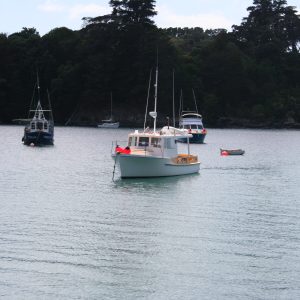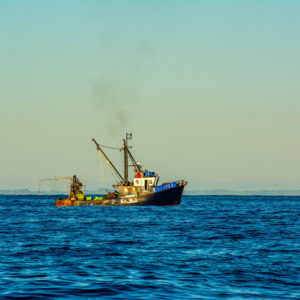What a shambles our fisheries management is in, claim and denial met by counter claim and more strident denial. The public relations outfits must be licking their lips and counting the dollars. The average New Zealander just wants to know the truth, so here is the start.
Of course fishermen dump fish over the side. They always have to a greater or lesser extent. It’s called fishing, not catching, and when the gear is hauled in it’s time to sort out what pays and what doesn’t. No point in wasting precious ice and cargo room on fish with no value, so over they go.

Perhaps we didn’t expect that the amount of fish going over the side was as great as recently claimed in the Catch Reconstruction Report, but we can accept it’s probably about right.
After all, the Ministry for Primary Industries’ (MPIs) own figures and reports support the claim that less than half the catch of some species is reported.
Keeping in mind that any quota species below the minimum legal size limit are required, by law, to be released. Any quota species above the minimum must be retained. Both lots must be recorded.
If dumping and misreporting are common practice why all the fuss? Because New Zealand lays claim to the world’s best fisheries management system, the Quota Management System, and that our QMS is the envy of the world.
The central pillar supporting the QMS is that total catch limits are set – so called output limits. Fishermen must report their catches and these are reconciled against the permitted total catch. If fishermen don’t report all their catch then the very heart of the system is compromised; like running an engine without oil, it won’t last long.
An output limit, the total allowable catch, is only a valid tool if both the amount of fish able to be sustainably taken and the amount that is taken are accurately known. There’s many strong views from leading scientists that we don’t know enough about the marine systems to be able to set a safe total allowable catch.
For most of New Zealand’s inshore fish stocks the knowledge is very rudimentary. Combine that uncertainty with misreported catch data and you have a system with no data, or at best, false data, and unable to function.
LegaSea supports the demand for a Commission of Inquiry to be held into the Quota Management System.
What is going on in Hawke Bay?
The recreational fishing community has experienced a steady decline in catches in the Hawke Bay for the last decade. Several attempts were made to have MPI intervene before finally the new Director of Fisheries Management, Dave Turner, stepped in and acknowledged the problem. He urged recreational and commercial interests to get together and try to find a solution. If that failed he would use regulatory powers available to him.
That was over a year ago. In that time several meetings have taken place between the parties and no resolution is near. The sticking point is that to increase recreational fishing success the biomass in the Bay must be increased. That will require a reduction in current catch, and with the recreational catch all but reduced to zero, the catch reductions must come from commercial trawlers.
It seems that, like elsewhere, the commercial industry is content to see recreational catches collapse from depletion of stocks while they remain free to hammer away at their unaffected quota. The industry has made it clear; it is uninterested in even talking about catch reductions.
Mr. Turner, we now believe it is your turn to examine your tool box and remove the excessive trawl effort from Hawke Bay.





